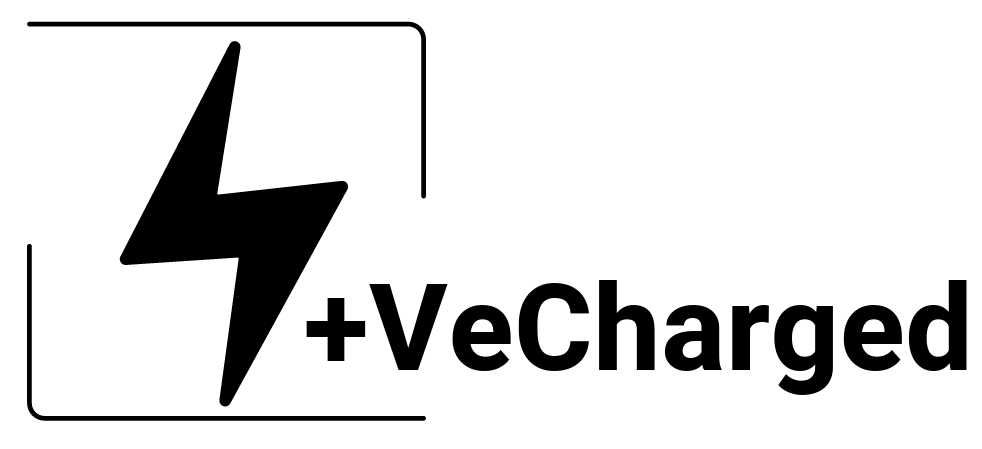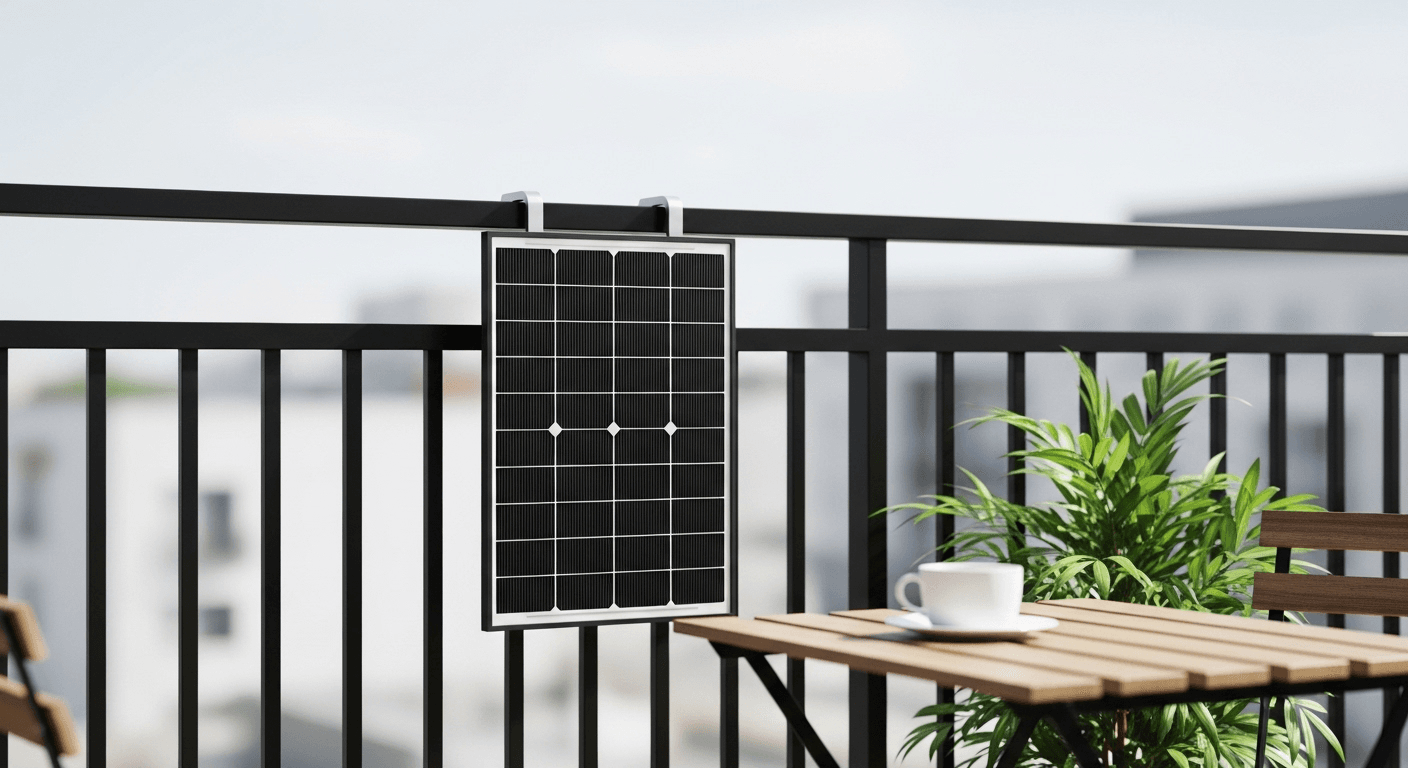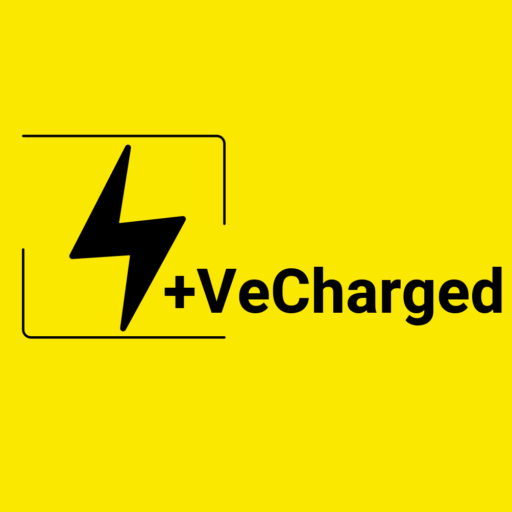As a systems designer, I’ve seen it all. Balcony solar isn’t a gimmick—it’s a revolution in personal energy. But you MUST understand the rules. This is the definitive, no-nonsense guide.
My name is Suhas. I spend most of my time designing large, complex solar systems meant to take entire homes off the grid. But lately, the most exciting innovation I’ve seen isn’t on vast rooftops; it’s on the smallest of urban balconies.

This is the world of balcony solar, and it represents a massive shift in who gets to participate in the renewable energy transition. It’s a statement that you don’t need a sprawling roof to take control of a piece of your power.
With this excitement comes a flood of misinformation. Can you really power your life from a tiny balcony? Is it safe? Is it even legal? As an engineer, I feel a responsibility to cut through the noise—this is my definitive guide to doing it right.
What Is Balcony Solar? A Realistic First Look
At its core, balcony solar (“balcony power plant” or “plug-in solar”) refers to a compact photovoltaic system designed for apartments, condos, and urban spaces—making clean energy truly accessible.
But let’s be honest: a balcony solar system will not run your entire apartment.
Balcony solar kits are best thought of as “solar appliances.” Their purpose: to intelligently offset specific energy loads, saving you money while giving you insight into your own consumption.
What You Can Realistically Power
- Home Office: Run your laptop, monitor, phone, and internet router for free—during daylight.
- Refrigerator: Offset the entire daytime consumption of your fridge, one of the biggest energy hogs at home.
- Entertainment Center: By adding a battery, you can power your TV, sound system, or gaming console in the evening.
The ultimate goal: make a tangible dent in your electricity bill and take a real first step into personal energy production.
How It Works: The Three Paths to Balcony Power
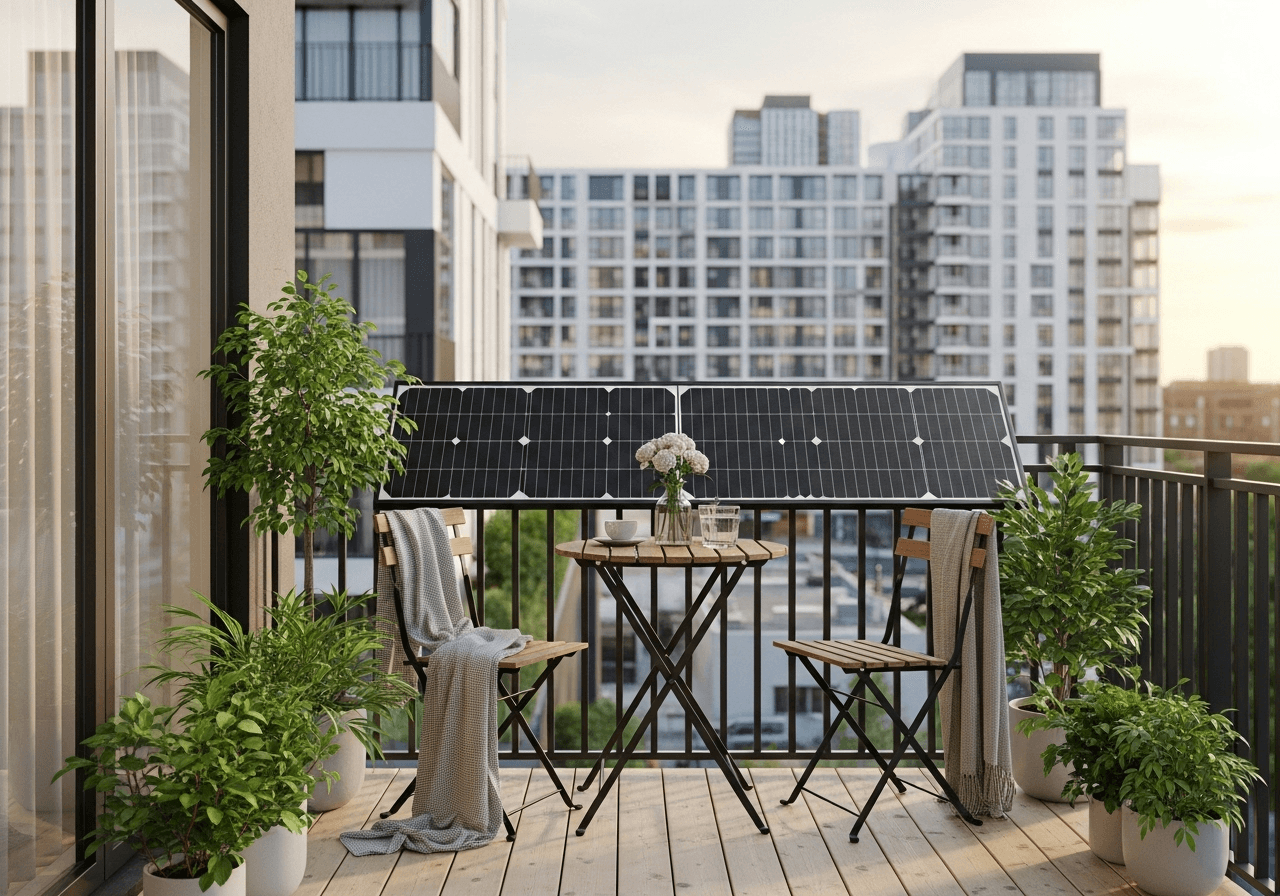
The right system for you depends on your technical comfort, goals, and whether you’re a renter or owner.
| Feature | Plug-in Microinverter | Power Station Kit | Traditional DIY |
|---|---|---|---|
| Primary Use | Bill Reduction | Backup & Portability | Hobby & Customization |
| Ease of Use | Excellent | Very Good | Difficult |
| Backup Power? | No | Yes | Yes |
Path 1: The Plug-and-Play Kit
The most popular solution. Solar panels connect to a microinverter, which plugs directly into a standard wall socket. Your home’s grid will always use the solar power first.
An Expert’s Look: A Real-World Rooftop Installation
To see what a powerful, real-world plug-in microinverter system looks like, I highly recommend watching this fantastic, in-depth installation from Zach at JerryRigEverything. While he’s installing on a roof, the core technology—solar panels connecting to an EcoFlow Stream Microinverter which then powers the house through a standard wall plug—is identical to the principle of a balcony solar kit.
Pay close attention to the critical point he makes about the local laws in Utah. This is a perfect example of the legal and regulatory landscape we discussed.
My Analysis of This System:
As you can see, the biggest hurdle Zach faced wasn’t technical; it was legal and regulatory. The system is only possible because of a new law in Utah that allows for this type of grid interconnection. This is a powerful real-world illustration of why Step 1 in our Safety Checklist—checking your local laws—is the most important thing you can do.
Furthermore, his point about needing a smart, bi-directional meter (at 2:07 in the video) is crucial. Without one, your utility may actually charge you for the power you produce! This is the kind of expert detail that separates a successful project from a frustrating one.
Path 2: The Power Station Kit
The simplest for renters. Panels plug into a portable power station, charging its internal battery. You plug devices directly into the station. It’s a self-contained “solar generator.”
Path 3: The Traditional DIY Setup
For the hobbyist and experimenter. Purchase separate components (panels, charge controller, battery, inverter) and wire everything yourself. This approach offers customization and learning, but demands technical skill.
The Non-Negotiable Checklist: Your Step-by-Step Guide to a Safe & Legal Setup
Before investing a single dollar, take these critical steps:
Step 1: Get Permission and Check Local Laws
- Speak with your landlord, building manager, or HOA—many have rules about what gets attached to railings.
- Check your local electrical regulations. “Plug-in solar” is new ground in many regions.
A Global Snapshot of Solar Regulations
| Country/Region | Typical Wattage Limit | Key Consideration |
|---|---|---|
| Germany | 800W | The clear leader; simplified registration for small systems |
| United States | Varies by state/utility | May fall under “interconnection rules”; UL 1741 inverters essential |
| United Kingdom | 3.68 kW (total) | Notification required to the District Network Operator |
| Australia | Varies | Governed by local utility rules, sign-off often needed |
Step 2: Mount the Panels Securely (My Personal Plea)
A quick story: An engineer friend once witnessed a poorly installed panel—secured by plastic zip ties on a high-rise railing. During a windstorm, this rigid panel became a dangerous projectile. Never improvise: always use the manufacturer’s recommended, wind-rated mounting kit. This is about safety, not style.
Step 3: Connect and Monitor
Once securely installed, hook up all components as per the manual. Most modern systems have mobile apps—monitoring your real-time generation is not only rewarding, but it ensures you’re getting the most out of your system.
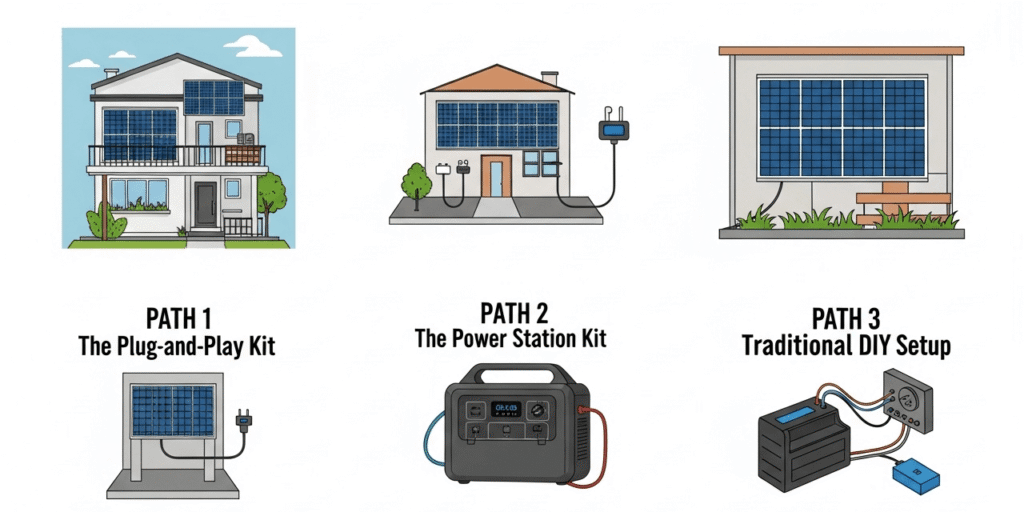
Frequently Asked Questions
What if my balcony is shaded?
Even a little shade dramatically lowers output. If your balcony is mostly shaded, balcony solar is probably not the right fit for you.
How much money can I really save?
In sunny regions, a modest 400–800W system can yield a 15–30% reduction in your annual electricity bill, typically offsetting the initial investment in 4 to 7 years.
My Final Word: The Dawn of Personal Energy
Balcony solar is not a replacement for rooftop solar—it’s something new. It’s a democratizing technology, letting millions transition from passive consumers to active producers.
It offers a hands-on way to understand your own consumption and make meaningful change. Watching your small system work for a month will teach you more about energy than reading a dozen articles. This is an investment in knowledge, independence, and a statement that the future of energy belongs to everyone.
Welcome to the revolution.
